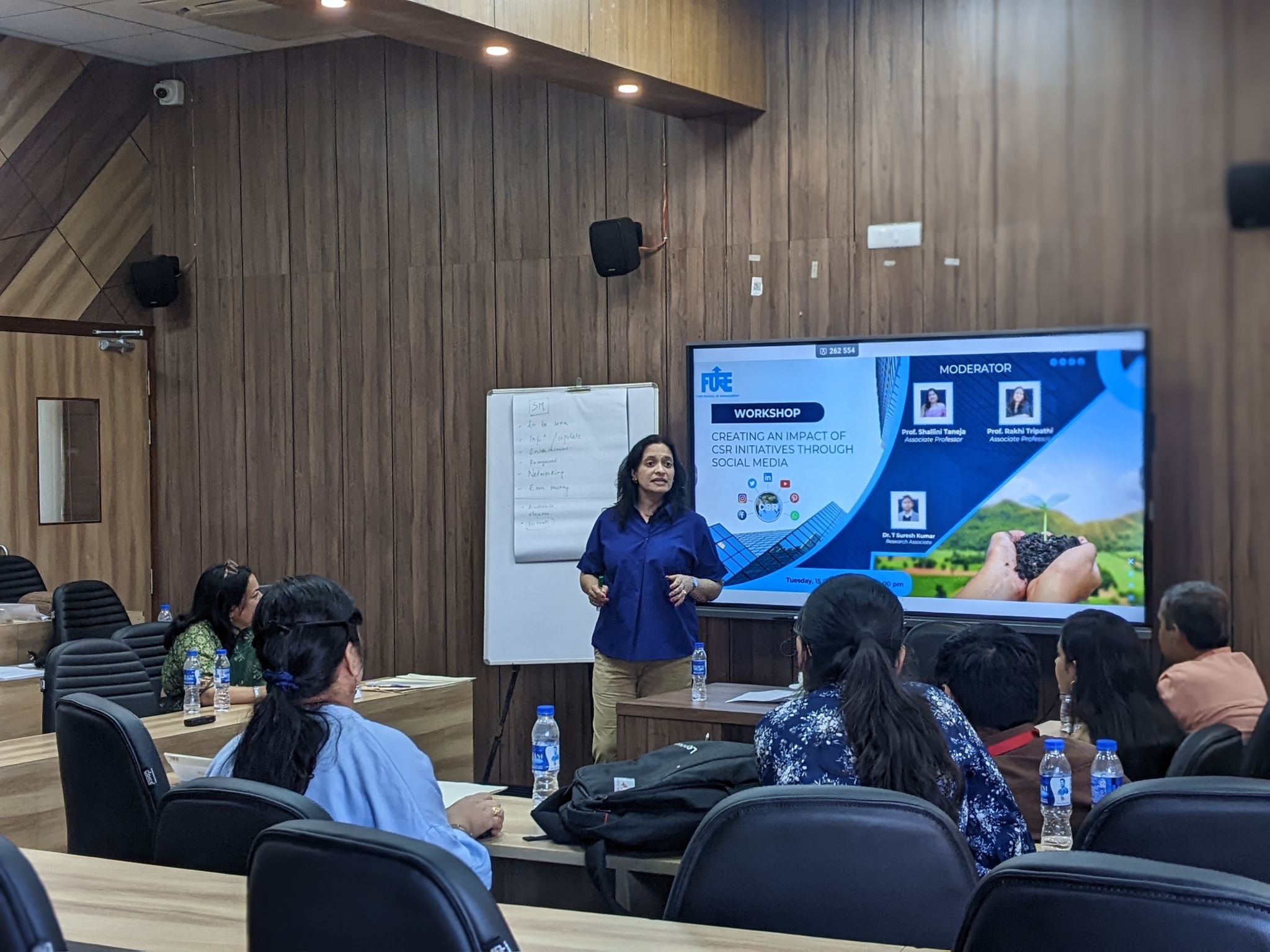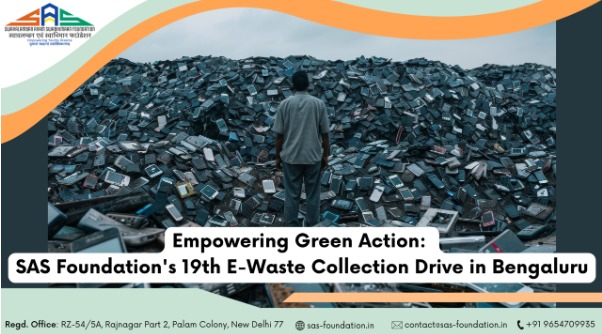Tech Meets Trash: How Innovation Is Revolutionizing E-Waste Recycling
As the digital revolution accelerates, so does the volume of discarded electronics. Smartphones, laptops, tablets, and other gadgets become obsolete faster than ever, and the result is staggering: over 53.6 million metric tons of electronic waste (e-waste) were generated in 2019 alone, according to the Global E-Waste Monitor. Without proper recycling and disposal systems, this mountain of waste continues to grow—bringing serious environmental, economic, and health consequences.
But here’s the good news: technology is now fighting back. Emerging innovations in e-waste recycling are not just reducing the burden—they’re transforming it into an opportunity. From AI-powered sorting systems to robotic dismantling and blockchain for transparent waste tracking, cutting-edge tech is reshaping the landscape of e-waste management.
Let’s explore how these breakthroughs are turning trash into treasure and building a future that’s smarter, cleaner, and more sustainable.
🌍 Why E-Waste Is a Global Concern
E-waste is more than just broken gadgets—it’s a complex mixture of valuable materials and hazardous substances. On one hand, it contains recoverable materials like gold, silver, copper, aluminum, and rare earth elements. On the other hand, it carries harmful toxins such as mercury, lead, and cadmium, which pose serious environmental and health risks when improperly disposed of.
Unfortunately, only 17.4% of e-waste generated in 2019 was formally collected and recycled. The rest ended up in landfills, informal recycling hubs, or incinerators—polluting ecosystems and harming workers who handle it without protection.
This makes innovation in recycling not just a technological issue, but a human and ecological imperative.
🤖 Innovation #1: AI-Powered Automated Sorting
One of the major challenges in e-waste recycling is sorting—separating devices by material, type, and condition to determine how they can be processed.
Enter Artificial Intelligence (AI).
Modern facilities now use AI-driven computer vision systems paired with robotic arms to scan, identify, and sort e-waste at incredible speed and accuracy. These machines can distinguish between plastics, metals, circuit boards, batteries, and more within seconds.
Benefits:
- Higher sorting precision than manual labor
- Reduced contamination and higher recovery of valuable materials
- Cost-effective and scalable for large-volume facilities
This technology significantly improves the efficiency and safety of recycling operations.
🤖 Innovation #2: Robotic Dismantling
Disassembling electronic items can be dangerous and time-consuming for human workers—especially when dealing with sharp parts, tiny components, and hazardous substances.
Robotic dismantling systems are now stepping in to automate this process. These machines, equipped with AI and advanced sensors, can:
- Unscrew casings
- Extract batteries
- Separate screens from circuit boards
- Isolate reusable components
For example, Apple’s “Daisy” robot can dismantle 200 iPhones per hour and recover materials like cobalt, tungsten, and lithium.
Impact:
- Improved worker safety
- Faster dismantling rates
- Enhanced material recovery and reuse
🔗 Innovation #3: Blockchain for E-Waste Tracking
Transparency and accountability are often missing in the recycling chain. That’s where blockchain technology comes in.
Blockchain can create a secure, tamper-proof digital ledger that tracks each electronic product from the point of sale to its final recycling destination. This ensures:
- Certified handling by licensed recyclers
- Accurate records for material recovery
- Reduced illegal dumping and data security risks
By giving manufacturers, governments, and consumers real-time data, blockchain promotes responsible e-waste management and builds trust across the supply chain.
🧪 Innovation #4: Eco-Friendly Recycling Chemistry
Traditional recycling often involves smelting, which can release toxic fumes and consume large amounts of energy.
New chemical recycling techniques are now emerging, which use eco-friendly solvents and bioleaching methods to extract metals from e-waste in a less polluting way.
Bioleaching, for instance, uses microorganisms to dissolve metals from electronic components—offering a green, low-cost alternative to high-temperature extraction.
These techniques support a low-carbon recycling economy while maximizing resource recovery.
♻️ A Shift Toward the Circular Economy
All these innovations have one thing in common: they support the transition from a linear economy (take–make–waste) to a circular economy (reuse–recycle–remanufacture).
In a circular system:
- Electronics are designed to be durable and easy to disassemble.
- Materials are recovered and reused instead of discarded.
- Waste becomes a resource that fuels new production.
This not only reduces environmental harm but also opens up new business models, green jobs, and economic opportunities in the recycling sector.
👥 How Communities and NGOs Are Playing a Role
While tech plays a key role in recycling innovation, community participation remains critical. NGOs like Swavalamban Avam Swabhimaan Foundation (SAS Foundation) are working at the grassroots level to:
- Organize awareness programs and e-waste drives
- Educate citizens on responsible disposal
- Connect communities with certified recyclers
- Encourage digital literacy and sustainability
By combining local action with technological innovation, we can create a powerful force for change.
📬 Want to Be Part of the Change?
Whether you’re an individual, a resident welfare association (RWA), an educator, or a business—you have a role to play in shaping a sustainable digital future.
Here’s how:
- Dispose of your e-waste only at authorized collection points.
- Support policies and brands that prioritize eco-friendly electronics.
- Join local recycling drives and sustainability campaigns.
- Subscribe to updates from organizations like SAS Foundation to stay informed and involved.
🔗 Subscribe now: https://lnkd.in/gfeaFC2v
🌱 Final Thoughts: A Greener Future, Powered by Innovation
Technology gave rise to the e-waste problem—but it’s also offering the tools to solve it. By harnessing innovations like AI, robotics, blockchain, and eco-recycling techniques, we’re not just managing waste more effectively—we’re redefining our relationship with electronics and resources.
The future of e-waste recycling is bright, green, and full of potential. All it needs is you—your awareness, your action, and your voice.
Let’s make sustainability more than a trend. Let’s make it our collective habit.










